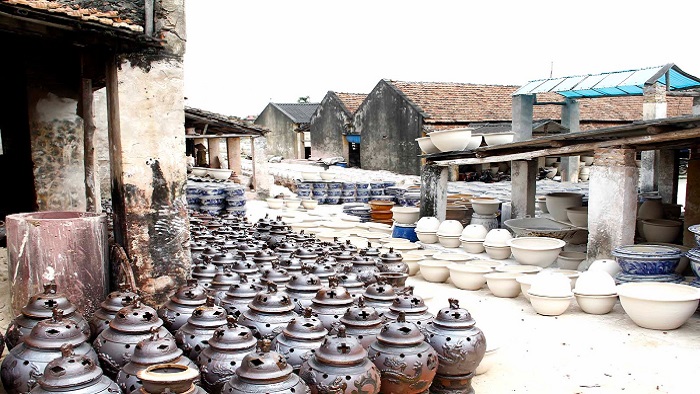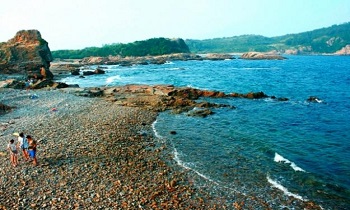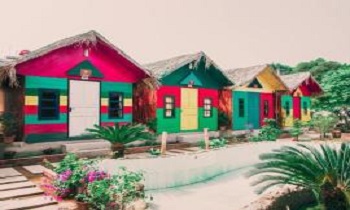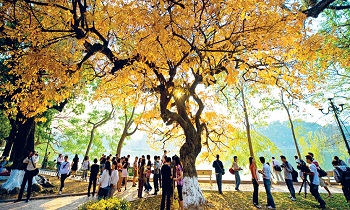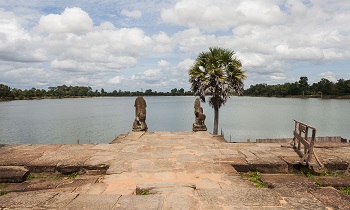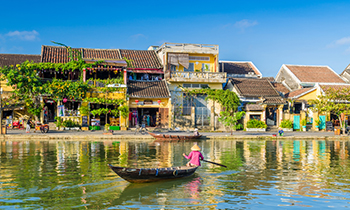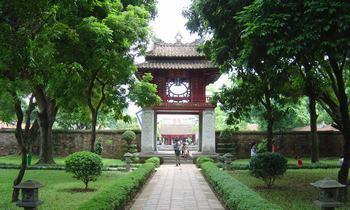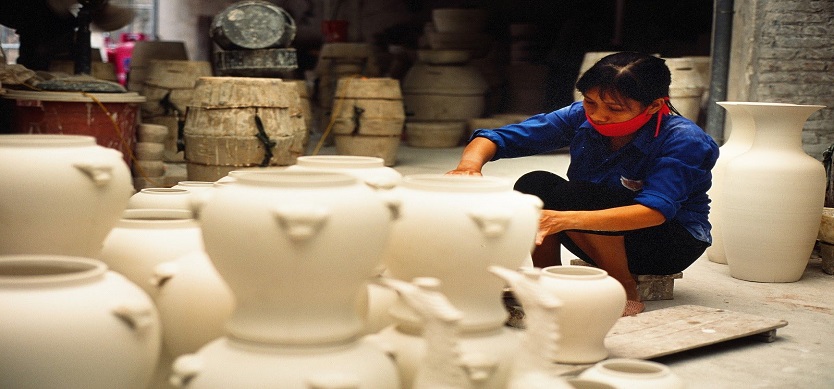
The most famous traditional handicraft villages in Northern Vietnam
Being supposed to hold meaningful cultural values, Vietnamese traditional handicraft villages has been renowned through the history of the nation. Each village specializes in making one product and has the original features that can’t be mimicked. Being described as the land of hundreds of handicraft villages, Northern Vietnam is the place gathering the unique traditional products that play an important role in the local culture, Here are the most famous traditional handicraft villages in Northern Vietnam that you may like to know. Do not forget to take Vietnam tour packages to get more information about Vietnam.
Bat Trang pottery village
The most famous traditional handicraft villages in Northern Vietnam
Situated in the north of Red River, Bat Trang pottery village is an irresistible attraction for any travelers. The outstanding thing about the pottery here is that it is made of the white clay. The artisans will knead the clay into the various shapes by hand. Then, the lively pictures, as well as the sophisticated patterns, are painted on the products. The craftsmen will glaze these products later. The glaze is made in a secret recipe that just family members are announced. The final step is that these clays will be heated in the kiln. The product’s shapes are varied, from the different types of bowl, flower vase to various kinds of plate, pot, etc. Bat Trang pottery products are favored by the skillfulness and subtleness. Moreover, these goods are all water-proof and fade-resistant. It’s a good idea to get some for your mementos. Why don’t you buy some lovely items for your family and relatives in your hometown? Besides, coming to Bat Trang pottery village, you have also the chance to take part in the class of making pottery products with the good direction of the craftsmen. Undoubtedly, you will have a unique experience.
Van Phuc silk village
Located in Ha Dong district that is 10 kilometers away from the center of Hanoi, Van Phuc village still keeps the unique characters of a typical traditional handicraft village. Right at the moment, you take the first step into Van Phuc village, you can realize the distinctive sound of the looms that weave the silk. The traditional techniques of weaving the silk have been well-preserved and applied. The high quality of Van Phuc silk has been proved for a long time. Van Phuc silk which is extremely renowned for its lightweight texture, softness, smoothness and the stylish designs is not only favored by the domestic customers but also is exported to various countries across the world. It’s not challenging to find fashionable clothing such as ties, shirts, dress, scarf; souvenir as well as other lovely handicraft items. In Van Phuc, several familiar images of a Vietnamese typical traditional village can be noticeable from the communal house, the well, the large yard of the village’s shrine to people gathering under the shade of the huge banyan tree in the afternoon.
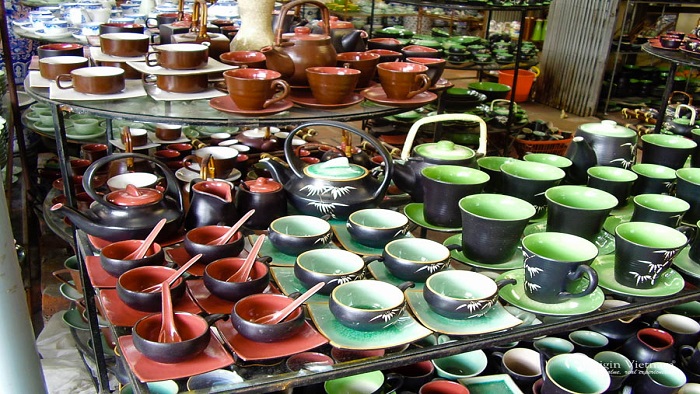
The most famous traditional handicraft villages in Northern Vietnam
Dong Ho painting village
Being well-known for the traditional folk paintings, the village near Duong river is an ideal place to escape from the bustle modern life. Specializing in making paintings in Vietnamese ancient style, Dong Ho painting frequently describes the delightful and colorful daily activities (a market day), folk stories (Saint Giong, the rat wedding), mythical or historical events. Moreover, Dong Ho painting is also representative of happiness, fertility, thriving or luck. It’s strongly believed that Dong Ho painting reflects not only the reality but also the dream, desire or wish of the human. Many people purchased Dong Ho paintings to embellish their house, especially during the Tet holiday (the New Year ceremony). Being created for the public, Dong Ho painting is not very sophisticated but meaningful. Even those who don’t have so much taste in art also use Dong Ho painting. Besides, Dong Ho paintings are also made to meet the need for tourism.
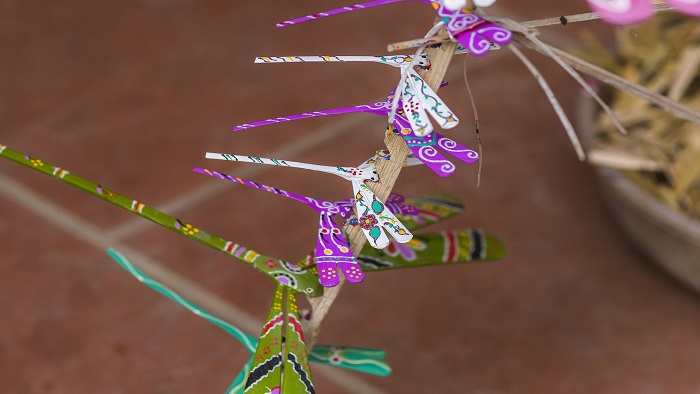
The most famous traditional handicraft villages in Northern Vietnam
In order to create a Dong Ho painting, the craftsman first must carve a wooden block into various shapes. Then, a layer of ink is brushed onto each block. The block is pressed on gio paper which is a Vietnamese special traditional kind of paper is made of the bark of the Rhamnoneuron balance. This kind of paper is likely to retain the color for a long time. The color of the painting is made of natural materials such as bricks, different types of leaves or burned roots. The clam’s shells are used to make the painting look more sparkling. The shells are heated until they are broken, then combined with the resin. A layer of this mixture is covered in the painting. Ultimately, the craftsman will seal a layer of sticky rice paste on the painting. The best time to visit Dong Ho is supposed to be the weeks leading up to Tet holiday (frequently mid-January – February). You are highly recommended to visit the family of the famous Nguyen Huu Qua and his son Nguyen Huu Quan who are all the master of this traditional art.
Each traditional handicraft village has its own distinctive charming beauty that you have to discover by yourself. The essence still remains and flourishes with the skillful products that are a pride of the village. Let’s visit Bat Trang, Van Phuc, Dong Ho village and have a memorable trip. Why don’t you stand up and take Asia tours right now? Asia is waiting for you. Share the post if you find it useful.

